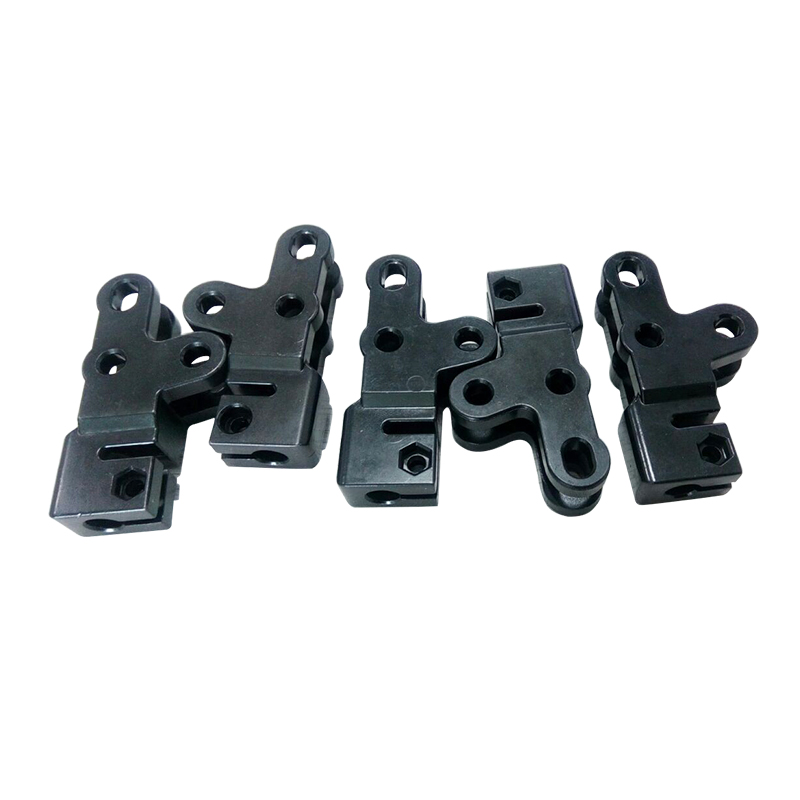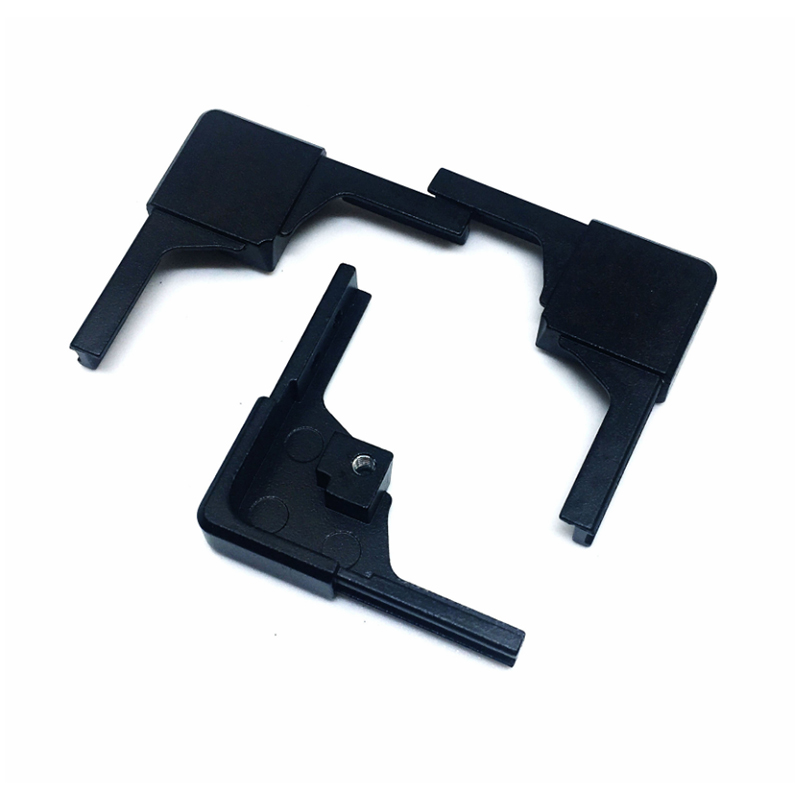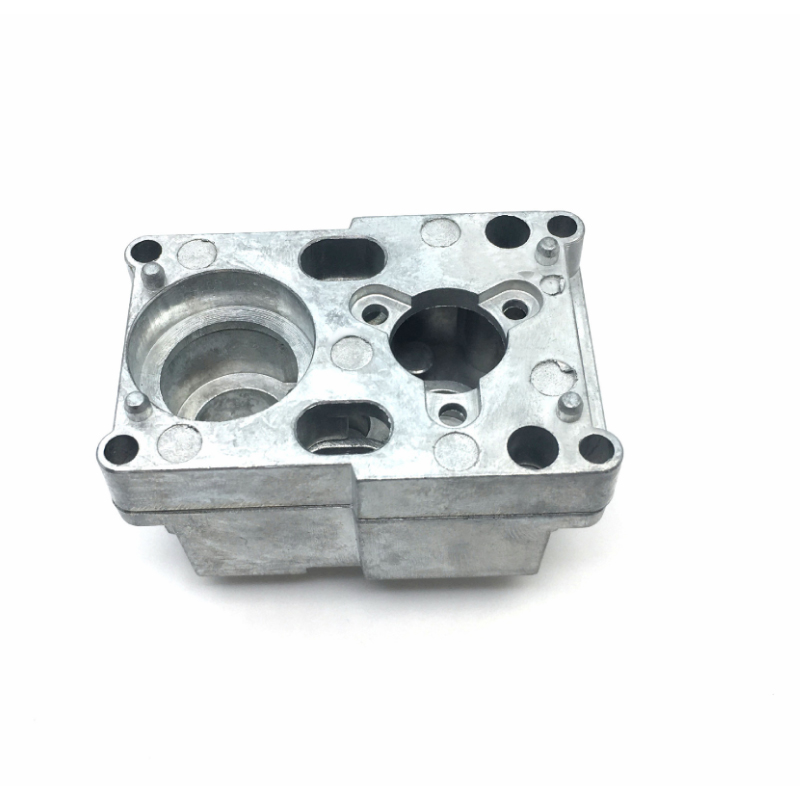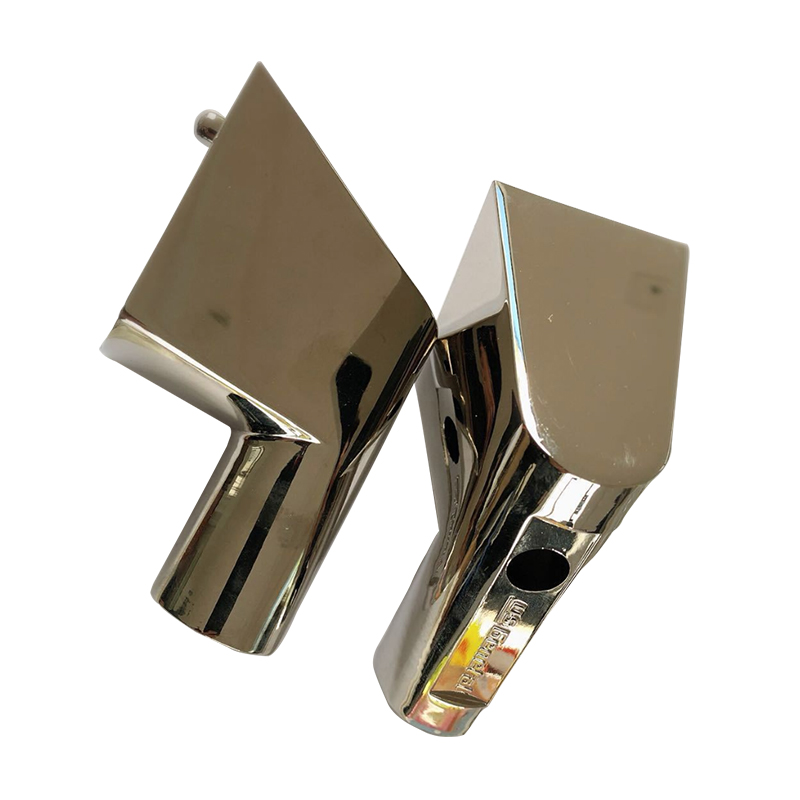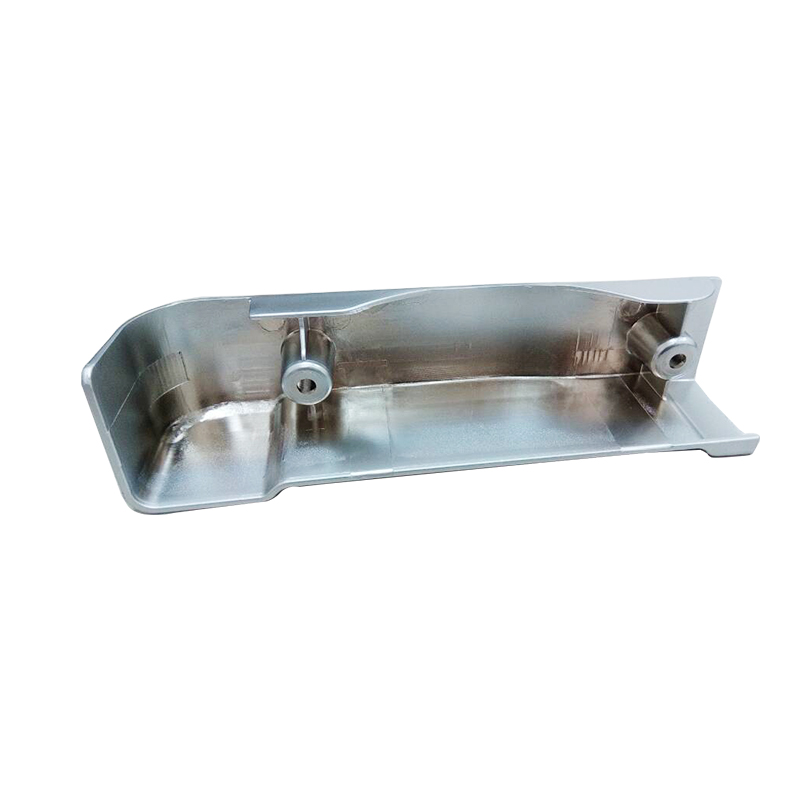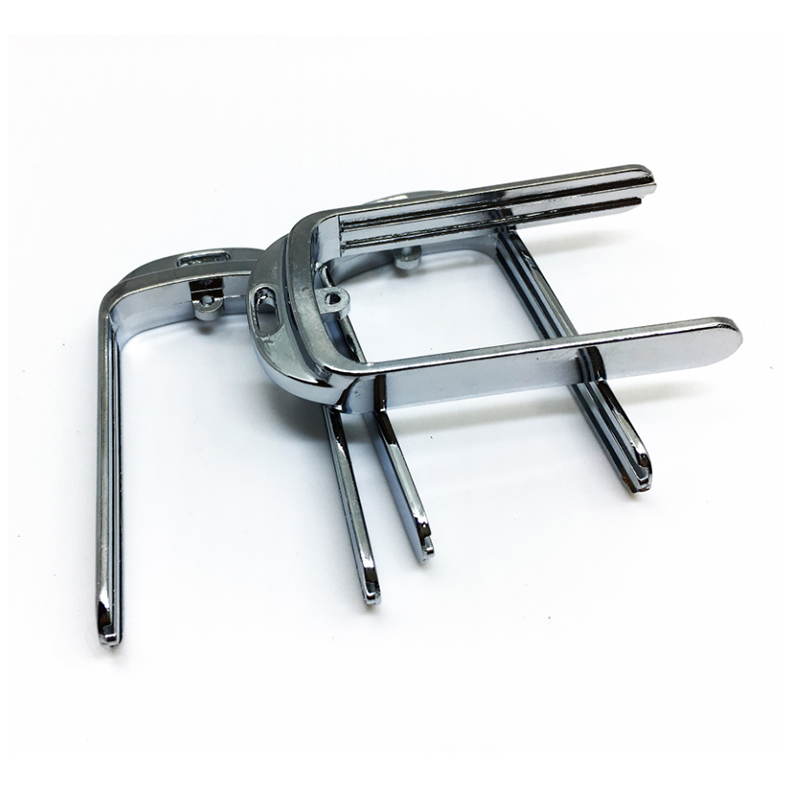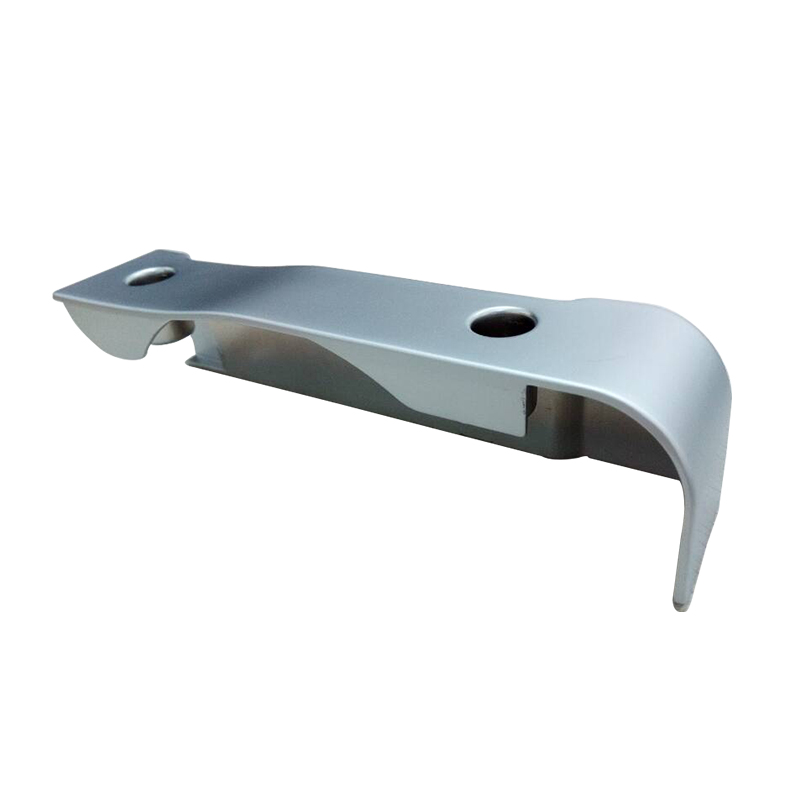FUERD is a leading zinc die casting companies over 30 years. Since its founding, we have evolved into a world class leader utilizing its technological wherewithal and skilled professionals to manufacture high quality die castings. We focus on quality and problem solving in China. base on Zinc Molding manufacturing facility.
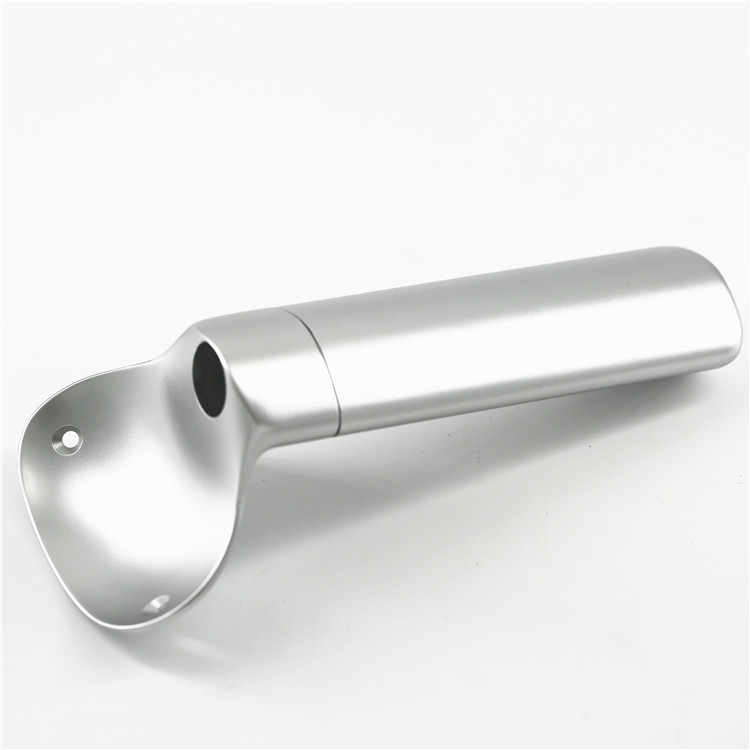 Zinc Alloy Die Casting Drum Parts Lugs
Zinc Alloy Die Casting Drum Parts Lugs
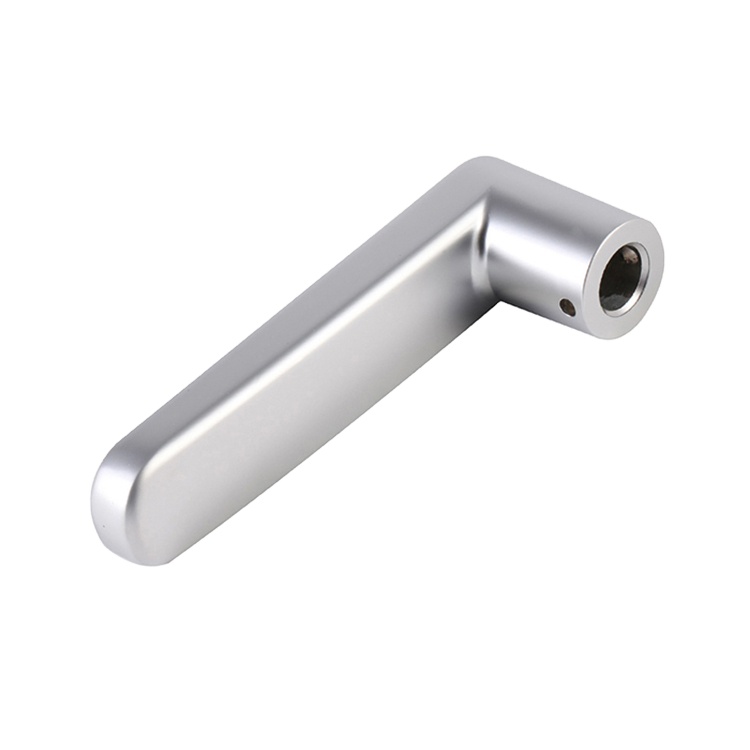 Customized Zinc Alloy Die Castings
Customized Zinc Alloy Die Castings
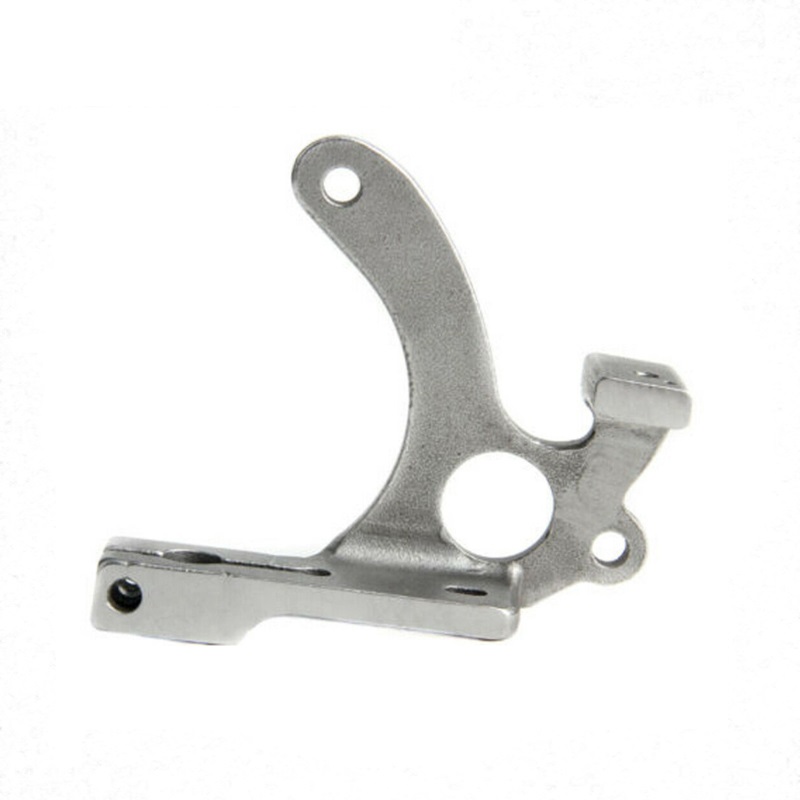 Zinc Alloy Die Casting | Customized Die Casting Parts
Zinc Alloy Die Casting | Customized Die Casting Parts
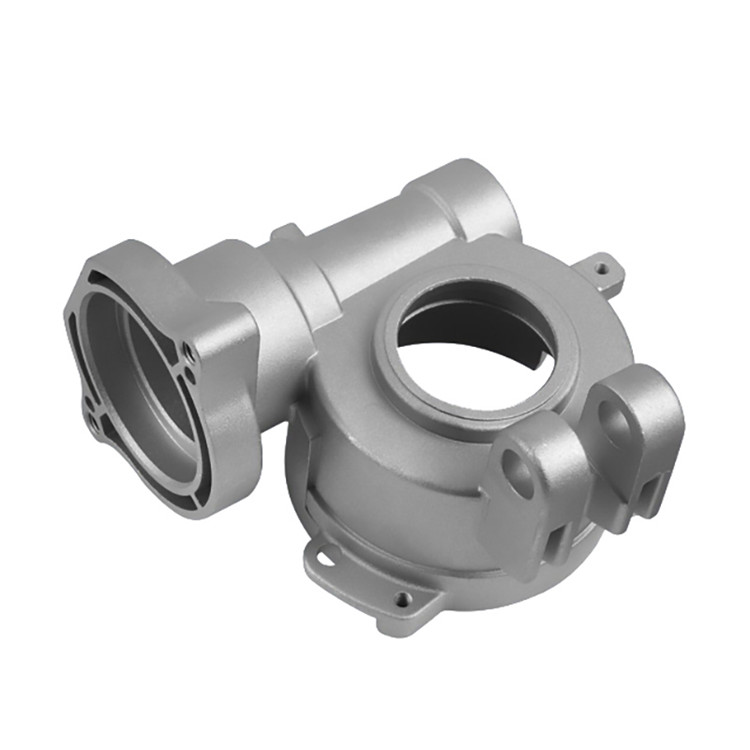 Zinc Alloy Die-Casting Parts | Professional OEM Die Casting
Zinc Alloy Die-Casting Parts | Professional OEM Die Casting
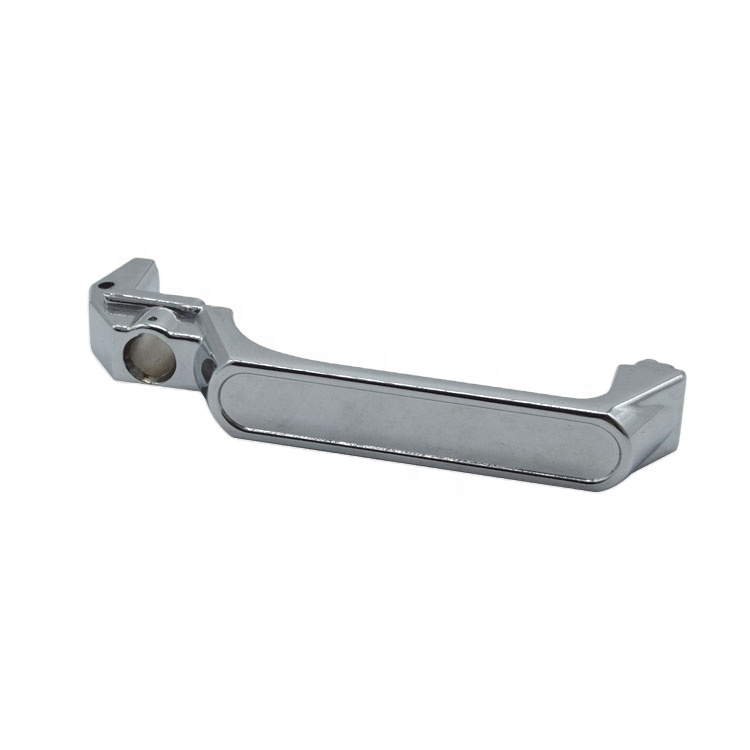 Zinc Alloy Die-cast Door Handles | Auto&Car Door Handles
Zinc Alloy Die-cast Door Handles | Auto&Car Door Handles
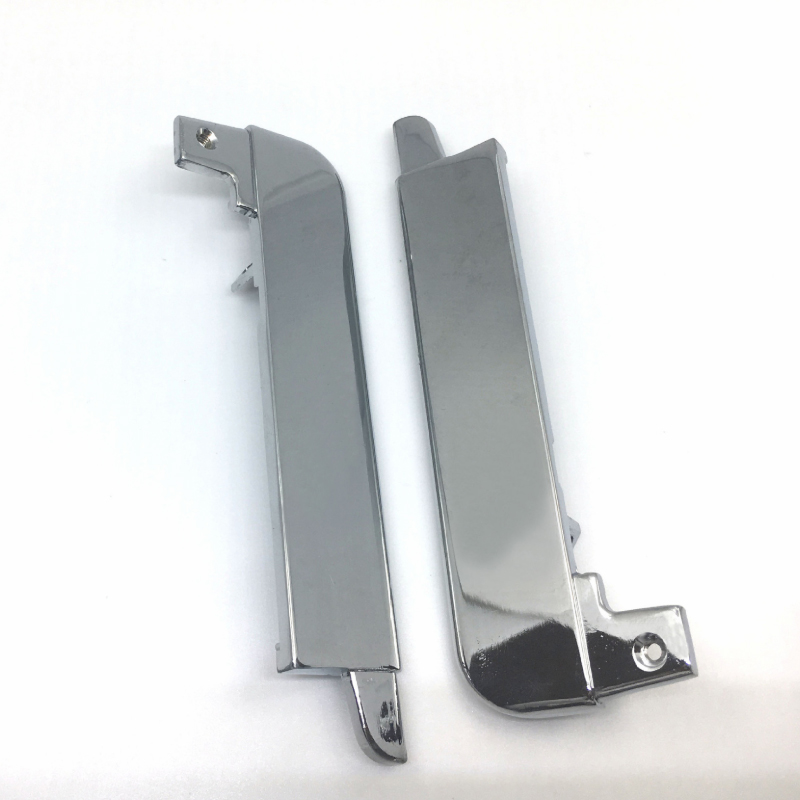 Zinc Alloy Die Casting Services For Customized Industrial Parts
Zinc Alloy Die Casting Services For Customized Industrial Parts
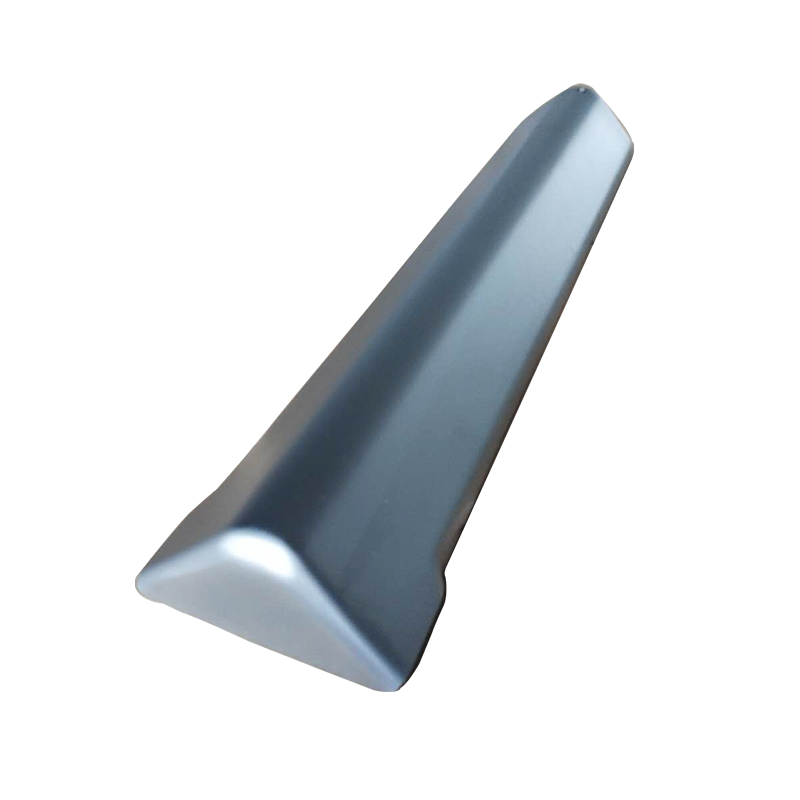 Die Casting Services Company - Aluminum & Zinc
Die Casting Services Company - Aluminum & Zinc
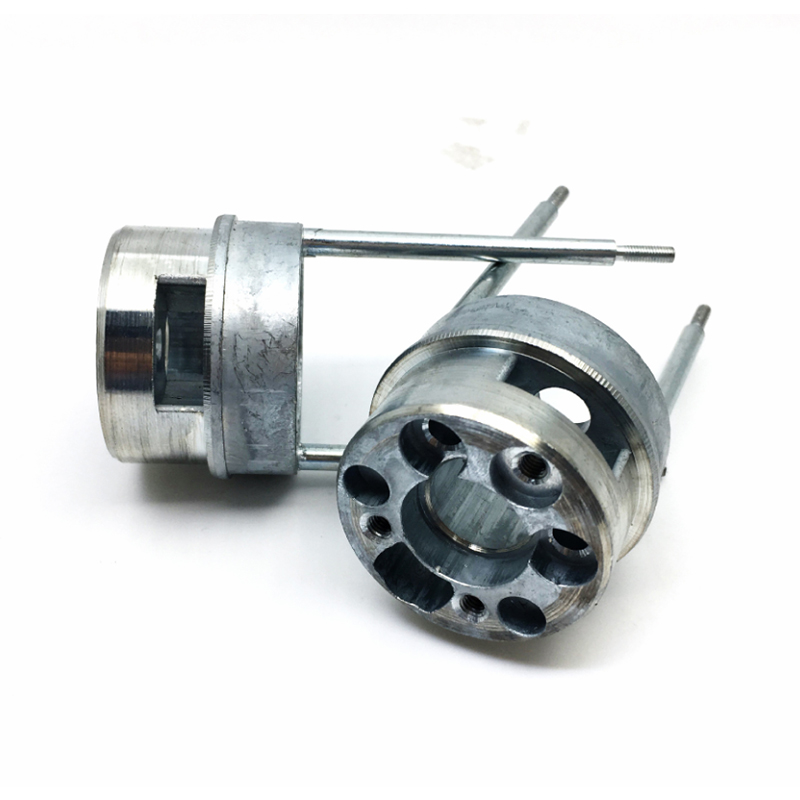 Solid Zinc Alloy China Entry Handle Door Locks
Solid Zinc Alloy China Entry Handle Door Locks
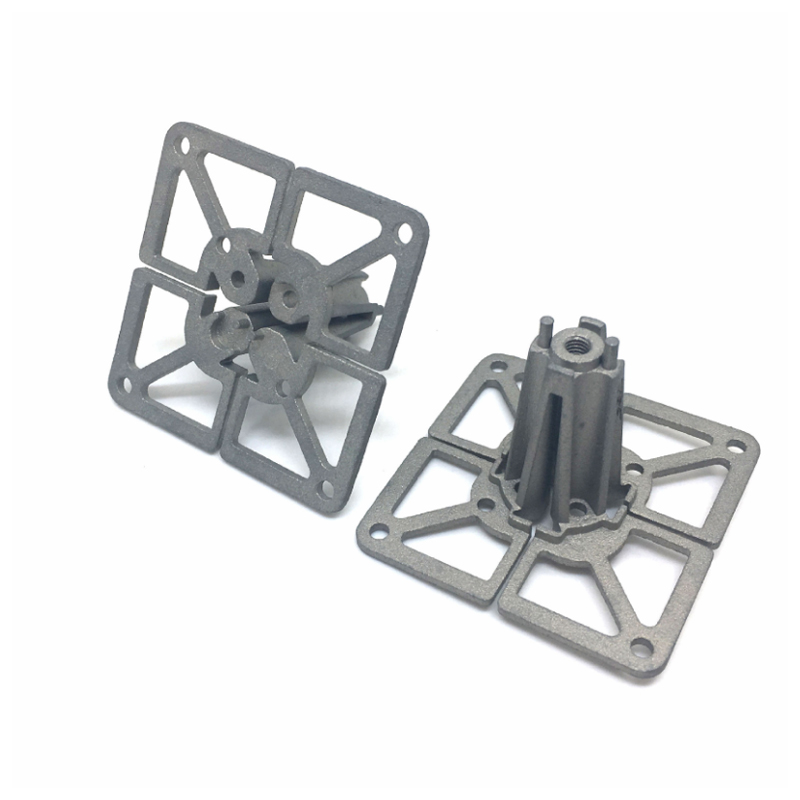 Zinc Die Casting | Zinc Alloys For Die Casting
Zinc Die Casting | Zinc Alloys For Die Casting
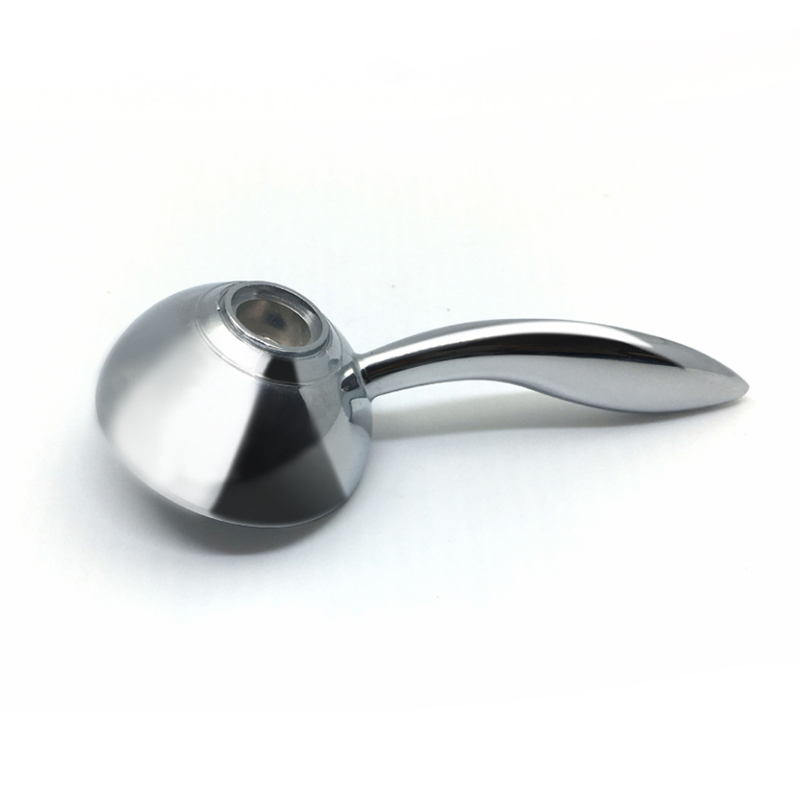 Zinc Alloy Door Lock Handle
Zinc Alloy Door Lock Handle
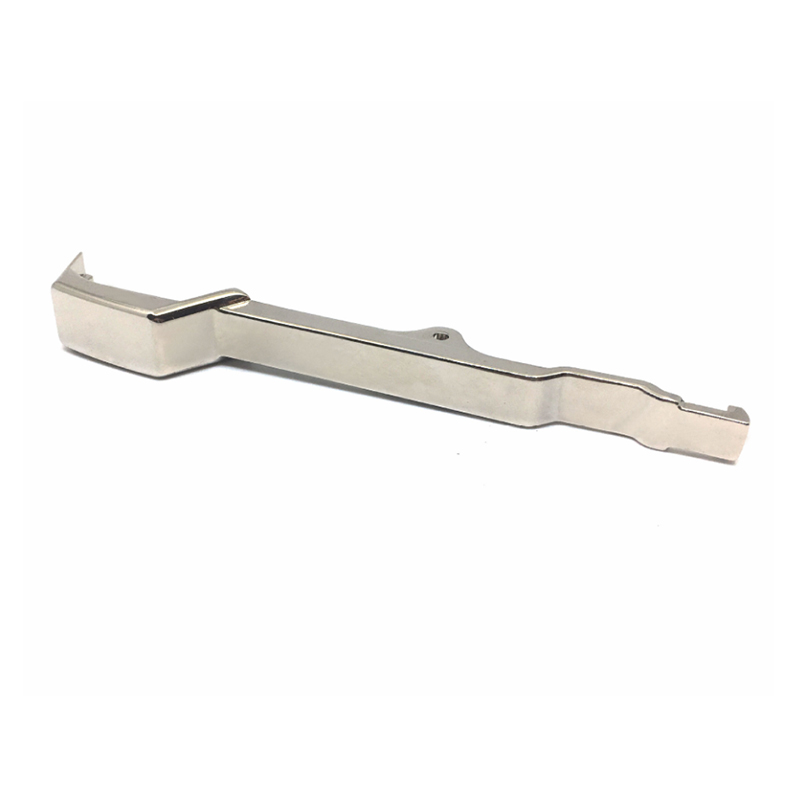 Zinc Die Casting Companies | Zinc Die Casting Services
Zinc Die Casting Companies | Zinc Die Casting Services
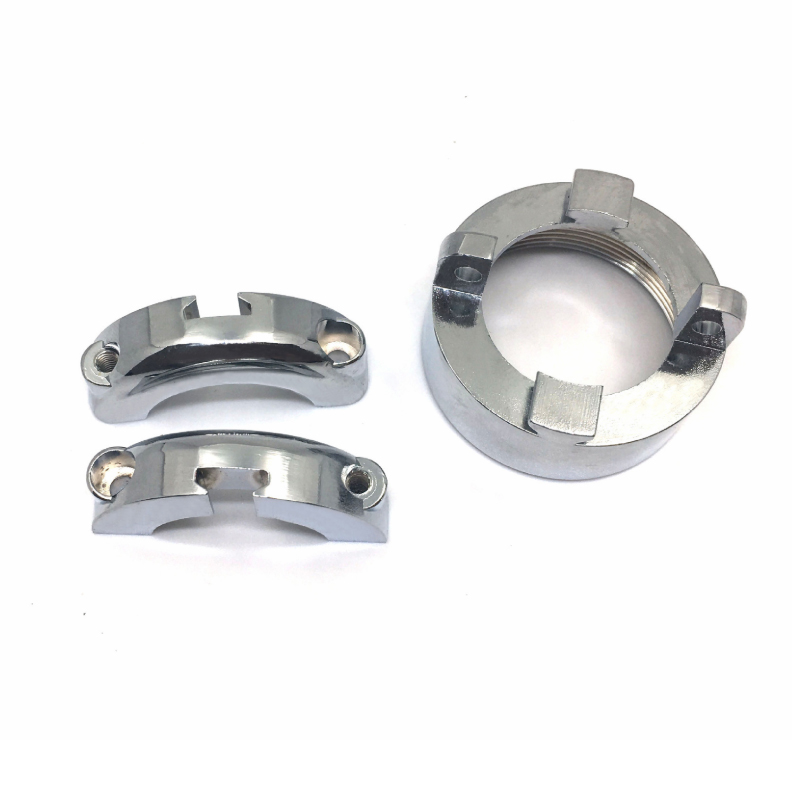 Hot Chamber Die Casting Parts
Hot Chamber Die Casting Parts
ZINC DIE CASTING CAPABILITIES
Our zine die casting range in size from 100 tons to 1000 tons, producing zinc die casting components for low or high volume production programs. We can make zinc hot chamber die casting, aluminum-zinc hot or cold chamber high pressure die casting, also aluminum die casting. Process monitoring, press side imaging, robotics, flow simulation, perpetual tooling, and tool maintenance programs are utilized to extend tool life, save cost, and time, and provide high quality die castings. From part conception and thorough prototyping to assembling finished product.
ZINC ALLOYS
Our trained Metallurgists ensure that all alloys meet the specifications through continual chemical and physical analysis.
Our alloys include:
Zinc: Zamak-2, Zamak-3, Zamak-5, Zamak-7
Zinc-Aluminum: ZA-8, ZA-12, and ZA-27,and ACuZinc-5.
ZA alloys are zinc-based die casting materials that have a higher aluminum content than standard zinc alloys. These alloys have high strength characteristics also high hardness and well bearing properties.
ZINC MOLD FLOW TESTING
FUERD uses the internationally recognized CAM simulation technology to optimize tool design and zinc casting quality.
CAM simulation capabilities provide a better understanding of zinc injection mold filling, solidification, mechanical properties, thermal stresses, and distortions. Fully menu-driven with an integrated solid modeler, CASD interfaces, and extensive databases, CAM provides a complete solution for design, production, and quality departments.
Steel Injection Mold Castings
CNC Machining and Hog-outs
Direct Metal Laser Sintering (DMLS)
P-20 Tooling
ZINC SURFACE FINISHING
FUERD will manage customer finishing requirements to ensure parts meet specifications in both a timely and cost effective manner. Our zinc surface finishing included:
Powder Coating (electrostatic application)
Wet Paint
Chromate
E-Coat
Electroless Nickel
Chrome
Silk Screening and Stenciling
EMI/RFI Shielding
Surface Conditioning (shot and bead blasting)
food dairy, machinery, medical, plumbing, watering, mining, petrochemical, electrical, energy, aerospace, submarine and others.
What Is Zinc Die Casting?
Zinc die casting is a metal casting process characterized by pressuring molten metal into the mold cavity. The mold cavity is created using two hardened tool steel molds that are machined to the net shape or near net shape of the zinc die casting parts. Zinc die casting process allows products to be made with high degree of accuracy and repeatability. The Zinc die casting process can also produce fine details such as textured surfaces or names without requiring further processing.
How are Zinc Die Castings Made?
To date, the complete cycle of zinc die casting has been the fastest cycle to produce precision zinc parts. This is in stark contrast to sand casting, which requires new sand molds for each casting. Although the permanent mold process uses iron or steel molds instead of sand, it is much slower and less precise than zinc die castings.
Zinc die casting is a manufacturing process that involves injecting molten zinc into a mold to create complex and precise metal parts. This process offers a wide range of applications across various industries due to its ability to produce high-quality, detailed, and cost-effective components. Some common applications of zinc die casting include:
-
Automotive Industry: Zinc die casting is widely used in the automotive sector to produce various components such as engine parts, transmission housings, brackets, handles, knobs, decorative trim, and more. The process's ability to produce intricate shapes and details makes it suitable for manufacturing parts with both functional and aesthetic requirements.
-
Electronics: Many electronic devices and components rely on zinc die-cast parts for their durability, electromagnetic shielding, and heat dissipation properties. Examples include connectors, housings for electronic devices, antenna components, and structural elements.
-
Consumer Goods: Zinc die casting is utilized in the production of a wide range of consumer products, including locks, faucets, door handles, toys, luggage hardware, and fashion accessories. The process allows for the creation of intricate designs and detailed features.
-
Medical Equipment: Zinc die casting is applied in the medical field to create components such as instrument handles, surgical equipment, and various medical device components. The high precision and repeatability of the process are crucial for ensuring the functionality and safety of medical equipment.
-
Hardware and Tools: Many tools and hardware items are manufactured using zinc die casting, including hand tools, power tool components, and hardware for construction and home improvement.
-
Industrial Machinery: Zinc die-cast parts find use in industrial machineries, such as pumps, valves, brackets, and various other structural components due to their strength, durability, and ability to be produced in large quantities.
-
Lighting Fixtures: The process is commonly used to manufacture various lighting components, including lamp bases, decorative accents, reflectors, and housing for light fixtures.
-
Appliance Industry: Zinc die casting contributes to the production of components for household appliances like refrigerators, washing machines, dryers, ovens, and air conditioners.
-
Aerospace: While not as common as in some other industries, zinc die casting is employed for producing certain aerospace components where its characteristics match the requirements of the application.
-
Telecommunications: Zinc die-cast parts can be found in telecommunications equipment, such as connectors, housings for networking devices, and antenna components.
Zinc die casting offers a combination of versatility, high production rates, tight tolerances, and cost-efficiency, making it a valuable choice for various industries seeking to produce intricate and durable metal components.
